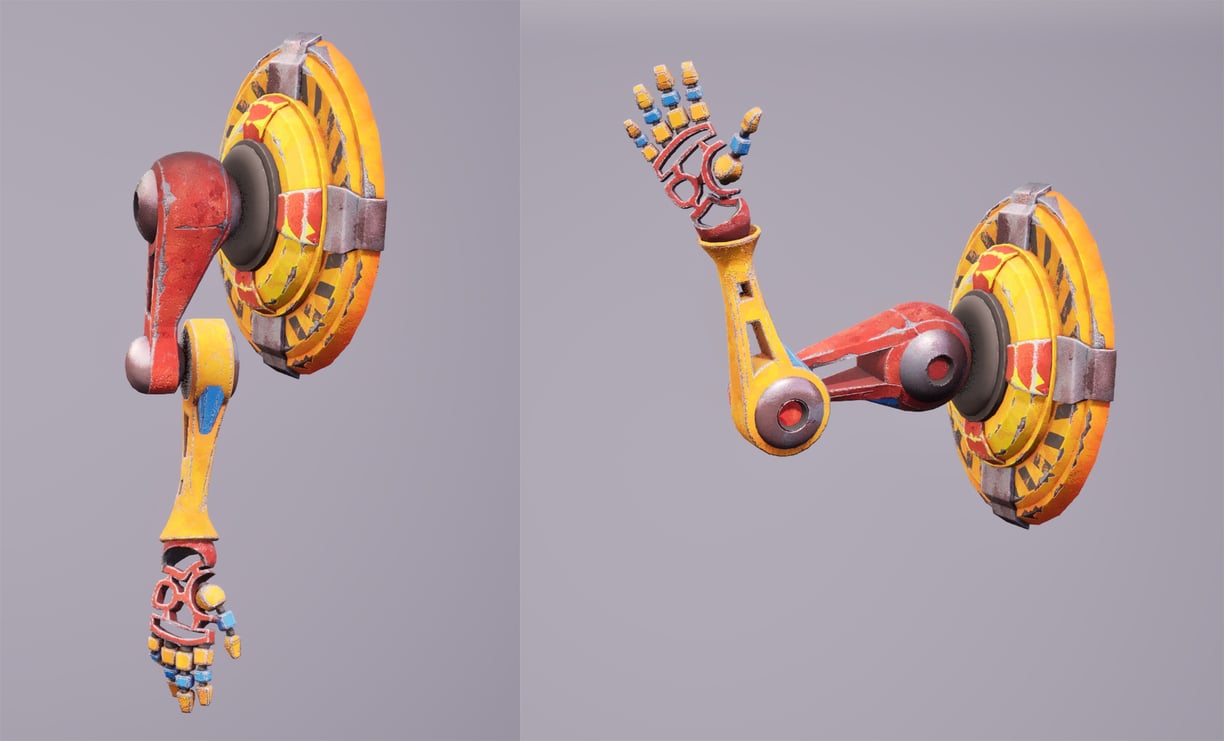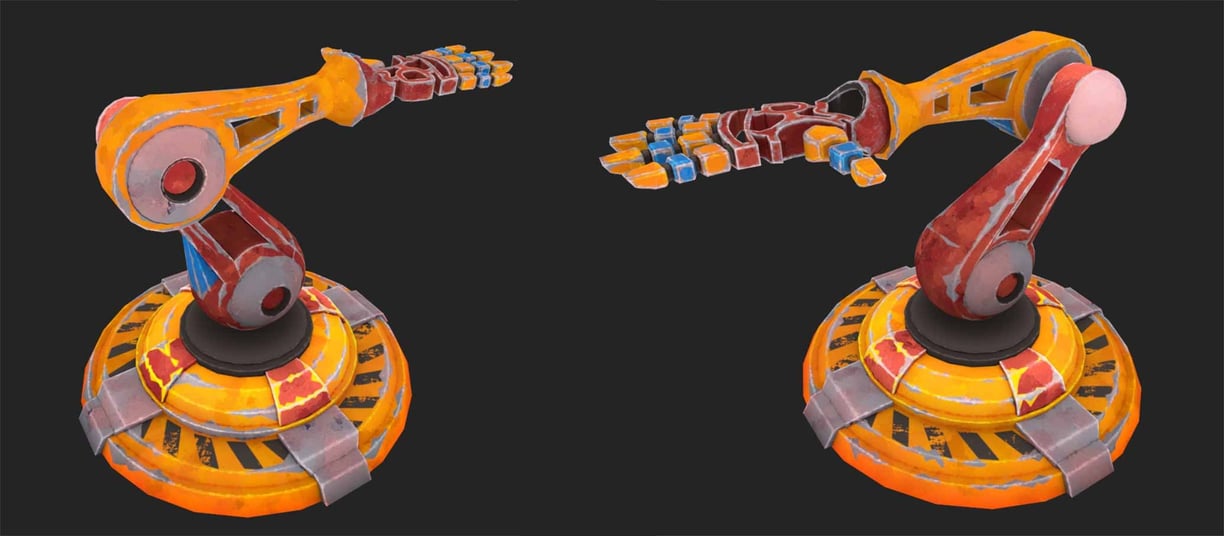I am currently writing a textbook; this has been a massive endeavor, particularly because it is my first time doing it. I started this process back in 2020, when I began talks with publishers. Eventually, Bloomsbury agreed to send the book proposal and sample chapter out to their external peer reviewers. As a result, I received extensive anonymous peer review, and reworked my proposal based on those reviews. A team of internal Bloomsbury editors evaluated my updated book proposal and sample chapter, and I was offered a contract for Bloomsbury to publish my book. I signed the contract with them in January 2024, my book will be published by Bloomsbury Academic Press.
I spent all of 2024 writing the first draft of the book; the total word count came to 59,914. In addition to writing, I also created numerous illustrations to support the material. I submitted the first complete draft on January 25, 2025, and it is currently undergoing another round of anonymous peer review by Bloomsbury’s external reviewers.
Introduction to 3D Game Art


Throughout the book there will be tutorials that show step by step how to create a robot arm. This is the rendered and posed arm.
So far in 2025 I have been working on the second draft, and additional illustrations. I hired three RIT students to read the manuscript and work through the tutorials. I also received extensive feedback from RIT faculty colleagues. All the feedback has been tremendously helpful, and I have already incorporated many updates into the manuscript as a result.


Above is the low resolution game mesh of the robot arm.
The primarily focus of the book is on Maya, while also covering some basic aspects of Substance Painter and Unreal Engine. The book provides a comprehensive introduction to creating 3D art assets, taught specifically from a game development perspective. The material is designed for readers who have no prior experience with Maya, Substance Painter, or Unreal Engine.
The first section of the book introduces the standard game asset production workflow, while the remainder delves into the core elements of that workflow. The entire book emphasizes applied learning; readers will create their own robot arm game asset through step-by-step tutorials that guide them through the whole process. By the end of the book, the reader will understand the journey of a 3D game asset—from its conception as an idea to its completion as a finished product within a game engine.
The book will be published and disseminated internationally, everywhere Bloomsbury books are sold.


The arm diffuse texture in Substance Painter